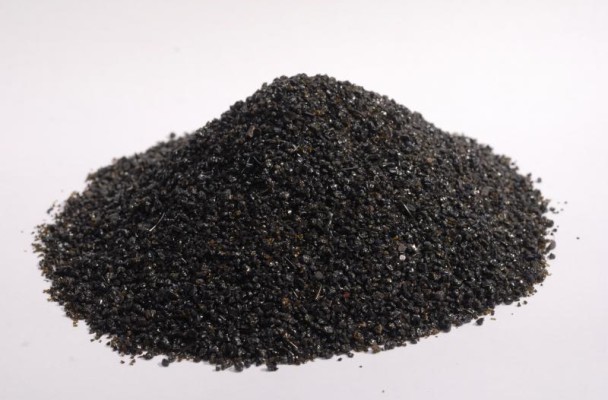Medical Study Reports Pneumoconiosis at Coal Slag Processing Plant

Coal Slag
The American Journal of Industrial Medicine recently published a study reporting a case cluster of pneumoconiosis at a coal slag processing plant in the Midwest. The article is embedded below.
The coal-slag plant, which only had 12 workers, had 4 former workers with pneumoconiosis. The chest x-rays showing pneumoconiosis were taken once the workers signed up for black lung benefits. Although the workers’ were initially diagnosed with coal workers’ pneumoconiosis, the study’s authors believe is more accurate that the workers’ pneumoconioses are siderosilicosis (a subset of mixed dust pneumoconiosis). They say siderosilicosis is more likely because the workers never worked in coal mines and unburned coal represents less than 5% of coal-slag composition while dust samples at the coal-slag plant showed high levels of iron oxide, copper, and silica. The dust sampling was done after workers complained to OSHA in 2010. (The study does not name the plant, but it appears likely that the plant was a U.S. Minerals plant in Dyer, IN that OSHA cited in 2010, according to this report from PaintSquare.)
The authors say the x-ray readings were remarkably similar, showing small, rounded opacities (< 1.5 mm, “p” type) that were in the mid lung fields bilaterally.
As explained by the authors, coal slag (or boiler slag) “collects at the bottom of coal furnaces after combustion. It is a black, molten material in wet-bottom furnaces and is discharged into quenching water where it crystallizes and fractures into black glassy pellets. These pellets may be sent to processing facilities that prepare various downstream products.” Downstream products “include abrasive blasting agents, roofing granules, snow and ice control, and construction materials like road base and structural fill materials.”
The authors cite studies showing that animal studies have shown that coal slag caused pulmonary injury, fibrosis, and pneumoconiosis in rats.
This coal-slag preparation plant would likely not be considered a “coal mine” under the federal Black Lung Benefits Act—which is generally limited to those who work around coal before it enters “the stream of commerce”—so these workers only remedies would be under the law of their state.
Nonetheless, as another form of pneumoconiosis that is related to the coal industry, black lung advocates should be aware of the respiratory risks that coal slag poses to workers.
The studies’ authors are Kathleen M. Fagan of OSHA, Erin B. Cropsey of OSHA, and Jenna L. Armstrong of NIOSH.
One Response to “Medical Study Reports Pneumoconiosis at Coal Slag Processing Plant”
[…] problems caused by coal dust. (For other examples previously covered on this blog, recall the workers at the Indiana coal slag processing plant, or the neighbor of the Kentucky coal processing […]
Comments are closed.